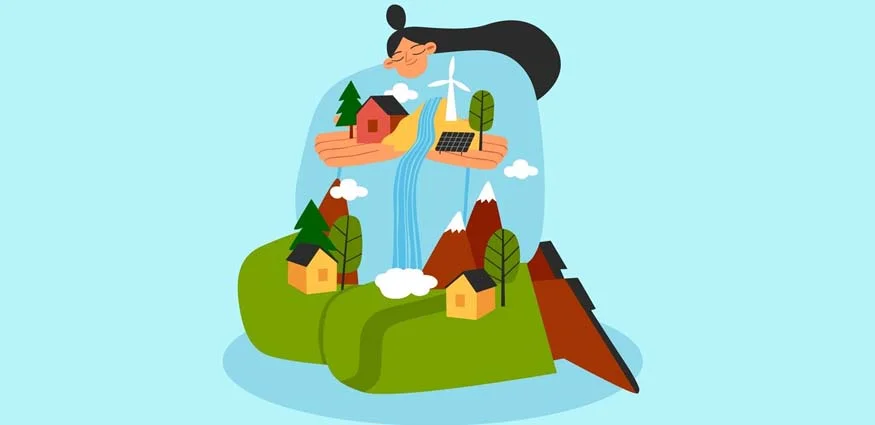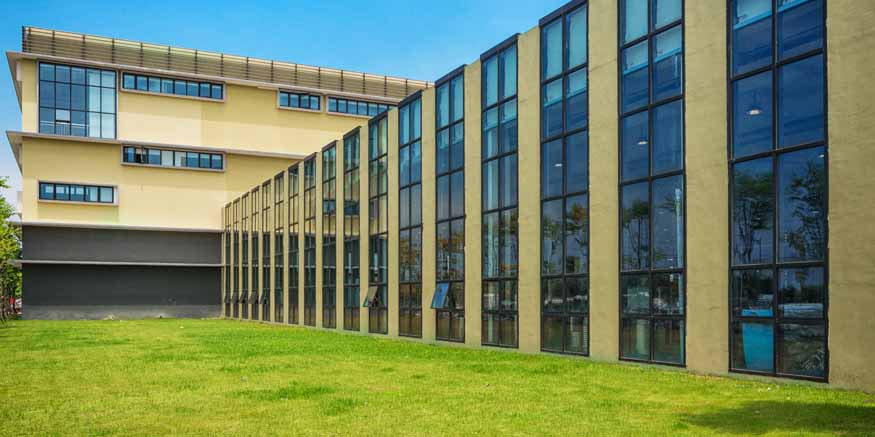It will be an exciting journey to sort the items into categories that include living things & non-living things! We’ll understand what are living things and what are non-living things, we shall also examine fascinating examples, comprehend their traits, and learn what sets them apart from inanimate stuff. Get ready for a thrilling voyage! We will also describe inanimate objects, examine several instances, and evaluate how they differ from living ones. This will be an interesting and thrilling trip!
Living Things:
Organisms, often known as living things, are the superheroes of our universe. Like fictional characters with special talents, living things have distinguishing characteristics that make them stand out from non-living objects. These amazing creatures are an integral and colourful component of the vast fabric of life because of their extraordinary capacity for growth, adaptation, and reproduction. Let’s now go off on an exciting adventure to learn the mysteries and unique qualities of living things, as well as the magic that gives them life!
What Are Living Things?
Let’s understand what are living things, living things possess remarkable features that set them apart as superheroes of the natural world:
- Cellular Structure: Living organisms are composed of tiny building blocks known as cells. Imagine having a team of tiny workers inside, diligently managing different tasks.
- Organisation: Living beings exhibit remarkable organisation. Their cells collaborate to form tissues, organs, and organ systems – think of it as having a superhero team with distinct roles and responsibilities!
- Metabolism: Living things operate like little factories. They engage in metabolic processes to convert energy and produce the necessary substances to sustain life.
- Homeostasis: Living organisms maintain a delicate balance inside themselves. It’s like having a superhero suit that adapts to different environments to ensure their comfort.
- Response to Stimuli: Living things can sense and respond to their surroundings. Picture built-in sensors that enable them to react to the world.
- Growth and Development: Living organisms experience growth and change. It’s akin to possessing a superpower that allows them to transform over time.
- Reproduction: Living beings can create offspring, essentially forming a family of superheroes! This ability ensures the continuity of their species, contributing to the ongoing adventure of life.
Examples of Living Things:
- Plants: Plants showcase living characteristics as they grow, respond to light, and produce seeds for new plant life. They’re the green superheroes of nature.
- Animals: Whether they are tiny insects or massive elephants, animals exhibit living traits. They move, consume food, and have the incredible ability to bring new life into the world.
- Humans: We, the humans, are an extraordinary example of living beings. We embody a wide spectrum of abilities while laughing, learning, and developing. We resemble superheroes in many ways as we navigate life’s adventures.
- Microorganisms: Two examples of extremely small living things are bacteria and fungi. They keep the delicate balance of life intact by playing essential functions in a variety of habitats.
- Fish: Fish are breathing, eating, and mating aquatic animals. In lakes, rivers, and the ocean, they can be observed swimming. They are the living world’s superheroes, the aquatic kind.
Characteristics of Living Things:
Living things share some common features, below are some characteristics of living things.
- Adaptation: Living organisms can change to fit into their environments better. It’s like having a special suit that evolves.
- Life Cycle: Living things go through different stages of life, just like a superhero’s journey from being a beginner to a wise hero.
- Consciousness: Some living things, especially humans, are aware of themselves and the world. It’s like having a superhero with a sharp mind!
Non-Living Things:
Now let’s investigate the interesting realm of inanimate items. These entities are important and fascinating in our world, even if they might not have the amazing superpowers found in living organisms. Non-living phenomena cannot proliferate, adapt, or grow as living entities can. But their distinct contributions to the effectiveness and harmony of our environment are what make them stand out. Come along as we examine the traits of inanimate objects and recognize their significance in the complex dance of life.
What Are Non-Living Things?
Let’s understand what non-living things are: non-living things play the role of background characters in our world’s grand play. While they lack cells and superpowers, their significance is undeniable. They are vital to maintaining balance and harmony in the environment as a whole, despite not having the vitality of live creatures.
Examples of Non-Living Things:
- Rocks: Despite their sturdy presence, rocks don’t exhibit movement or growth. They form an essential part of our planet, shaping landscapes and providing stability.
- Water: Although crucial for life, water itself is not alive. It flows, changes forms, and sustains living things, showcasing its non-living nature.
- Air: Although it is necessary for life, the air we breathe is not alive. Its inability to grow, reproduce, or have a metabolism highlights how non-living it is.
- Books: A book is a non-living thing even though it is full of knowledge and stories. It provides a useful source of information while not being able to breathe, develop, or react to stimuli.
- Sun: The sun, despite being a powerhouse for life on Earth, is a non-living entity. It radiates light and heat but lacks the fundamental attributes of living organisms.
Characteristics of Non-Living Things:
Non-living things exhibit distinctive characteristics that set them apart, below are a few characteristics of non-living things.
- Inanimate Nature: Non-living things cannot move or act on their own. They serve as static elements, akin to props on a stage.
- No Growth or Development: Unlike living things, non-living things remain unchanged. They do not embark on a journey of growth or development.
- No Metabolism: Non-living things do not house miniature workers inside them to generate energy or construct new elements. They lack the intricate processes of metabolism.
- Inability to Reproduce: Non-living things are incapable of reproducing. Unlike living organisms, they cannot create copies of themselves or have families with offspring.
Together, living things & non-living things produce the amazing display that is our world. Each makes a unique contribution to the health and harmony of our planet. There’s every facet of the epic experience, from the magnificent development of a tree to the throbbing stream of a river, where living and nonliving things dance in harmony. This collaboration captures the essence of the diversity and beauty of our planet by showing how everything is entwined in the enormous web of existence.
At EuroSchool, we value developing children’s curiosity about the wonders of the world. We want studying to be an engaging experience, so subjects like “Living Things & Non-Living Things” turn into thrilling journeys for our pupils. We enable children to comprehend the meaning, instances, and characteristics of living things and characteristics of non-living things through interesting and participatory teaching strategies, encouraging a sense of wonder and admiration for the wonders that exist all around them. At EuroSchool, education is about enabling every kid to recognise the harmony and beauty of the world they live in, not merely memorising facts and concepts. Join us on a quest of discovery, where every lesson opens a new realm of understanding at EuroSchool.









